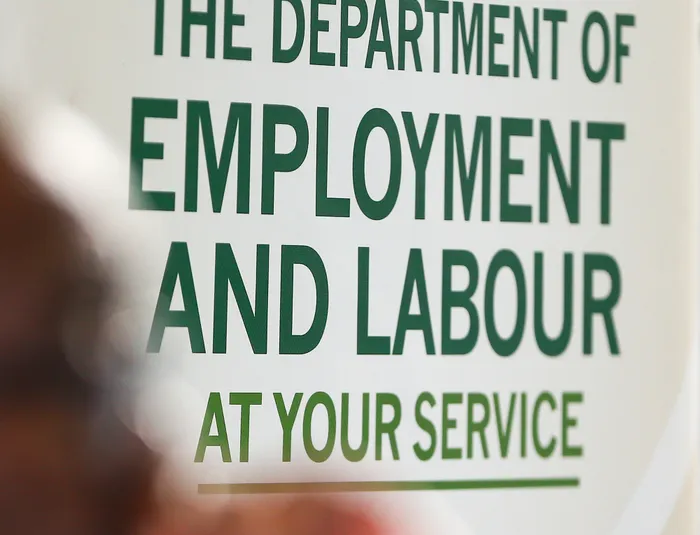Whites still dominate top jobs in South Africa

The statistics contained in the 2025 Commission for Employment Equity (CEE) annual report forms part of the Department of Employment and Labour’s basis to forge ahead with legislative amendments despite pushback from opposition parties, in particular the DA.
Image: Leon Lestrade/ Independent Newspapers
WHITES are eight times their Economically Active Population (EAP) at top management, while the black African population representation at just 18.0% is four times below their EAP.
The white population in top management represents 61.1%, Indians 11.9% (four times their EAP) and Coloureds 6.2% while foreign nationals make for 2.8% at this occupational level.
The statistics contained in the 2025 Commission for Employment Equity (CEE) annual report forms part of the Department of Employment and Labour’s basis to forge ahead with legislative amendments despite pushback from opposition parties, in particular the DA.
The party has confirmed it will legally challenge the government’s attempt to narrow this inequality, which the department maintains does not bode well for the future sustainable economic growth of the country.
“Despite 31 years of democracy and progressive transformative legislation, there remains a need for further transformation and equality in the workplace. Diversity and inclusivity for all those persons previously disadvantaged in the workplace must now be heard, seen and felt.
“Moving forward, radical measures must be taken to capitalise on the opportunities in the workplace by developing, recruiting and promoting persons from the designated groups,” read the report.
Part of this includes amending the Employment Equity EE (Act), with a view of introducing a provision that allows for the setting of five-year sector targets.
Speaking at a recent workshop in East London, the department’s employment equity director, Ntsoaki Mamashela said: “We have had more than enough engagement and consultation on the setting of sector numerical EE targets with various sector stakeholders, including through the publication of two sets of Draft EE Regulations on proposed sector EE targets for public comment in May 2023 and February 2024, respectively.”
“Let us give sector targets a chance to be implemented, and after five years we will review progress,” Mamashela said.
The CEE report also shows that male representation remained dominant at the top management level, which is more than two-and-a-half times the female representation.
Males are over represented in terms of their EAP (53.9%) and females are under-represented in terms of their EAP (46.1%). Only Africans and Coloureds are below their EAP in the private sector at this occupational level.
The representation of the African population group (74.6%) is slightly below their EAP in government, while in the private sector the African representation continues to lag behind (14.7%) at top management level.
According to the report, the private sector also continues to be the biggest employer of foreign nationals (2.9%) at this level.
Out of 11 911 top management positions in the Western Cape, white men in top management occupy 56% (6704), Coloured 9.1% (1083,) Indian 3.2% (385) while Africans only make 3.5% (411).
Cape Times